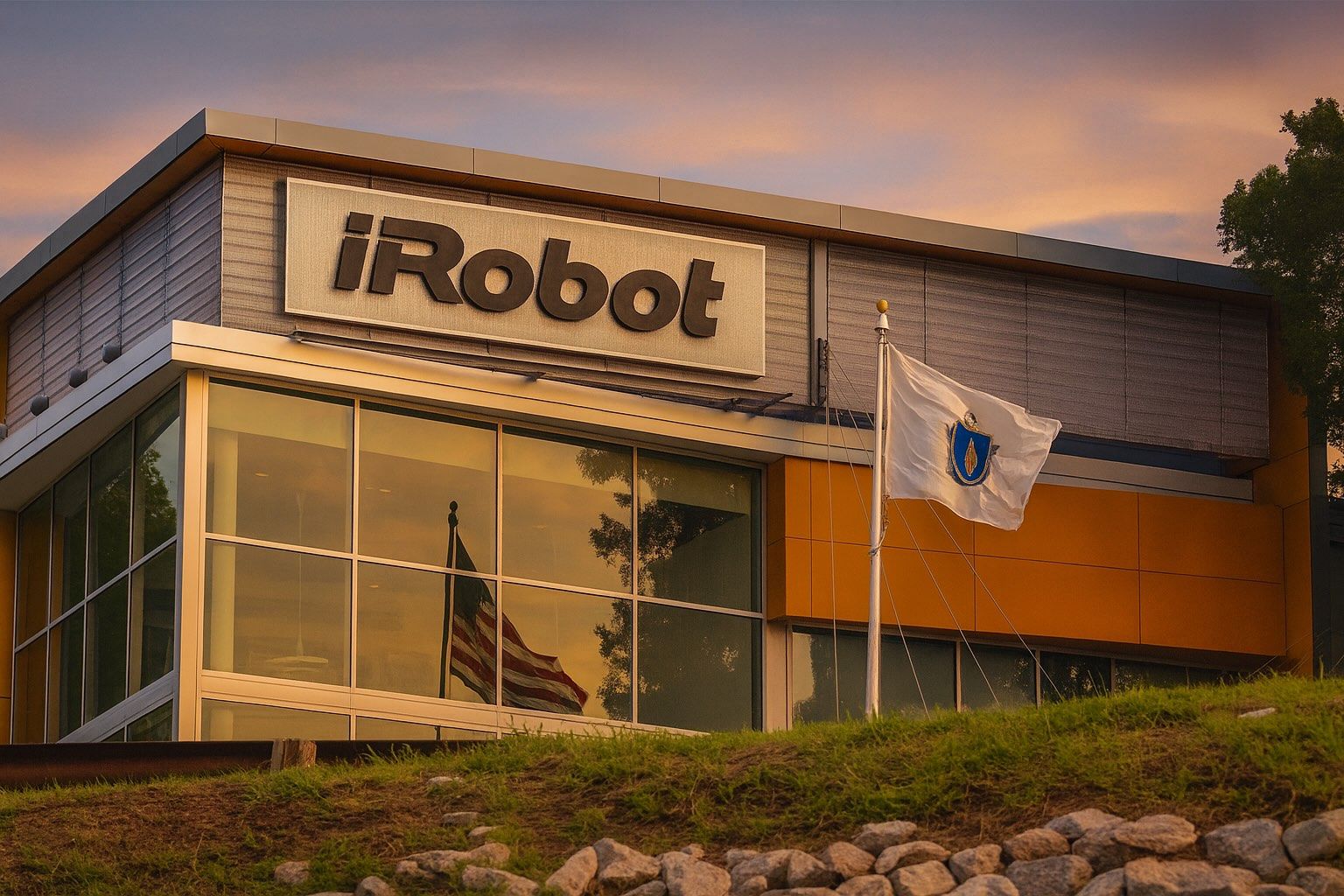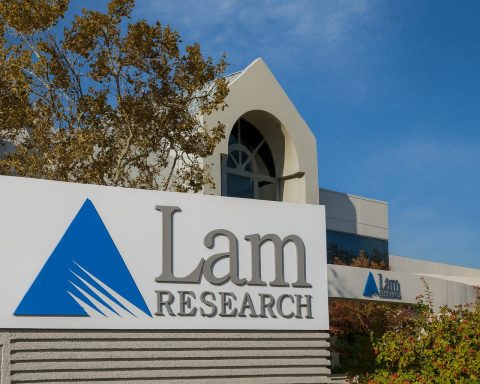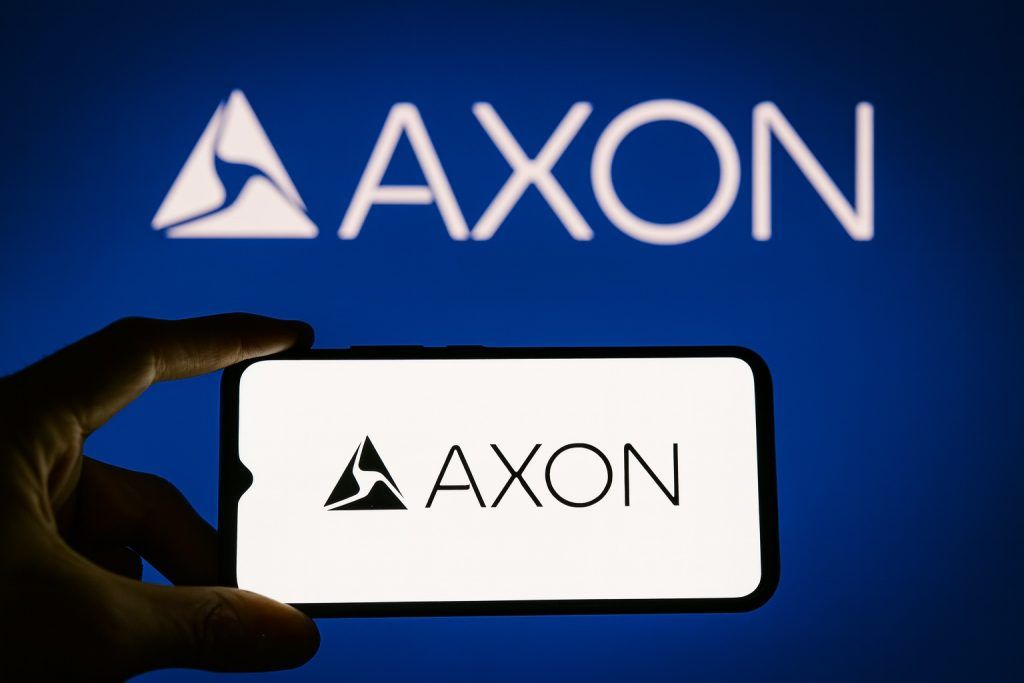- Rapid Share Jump: iRobot (NASDAQ: IRBT) stock spiked roughly 45–55% intraday on Oct. 15, 2025, hitting about $6.09 at its peak (a seven-month high) before settling around $5.11 [1] [2]. (The prior close on Oct. 14 was only $3.93 [3] [4].) Its 52-week range has been $1.76–$13.06, reflecting extreme volatility [5].
- Short Squeeze Event: The sudden rally appears driven by a classic short squeeze. Short interest stood near 28% of float, forcing traders to buy back shares as prices climbed [6]. No new fundamental news was announced on Oct. 14–15, so the move was largely technical (short covering) and sentiment-driven [7] [8].
- Exec Comments & Strategy: The surge was fueled in part by bullish comments from iRobot’s marketing chief. Athena Kasvikis described iRobot as being in a “really interesting” growth phase, citing new advanced Roomba launches and expanded marketing initiatives [9]. This optimism, echoed by social media buzz, turbocharged buying interest.
- Recent Earnings & Financials: iRobot’s Q2 2025 results (announced Aug. 7) beat revenue and EPS forecasts, but losses persist. Revenue was $127.6 M (above the $125 M estimate) and adjusted EPS was –$0.27 (much better than the –$0.91 consensus) [10]. CEO Gary Cohen noted the quarter “fell short of our expectations” due to “persistent market headwinds and delays” in scaling new products [11]. The board is reportedly reviewing strategic alternatives, underscoring ongoing challenges [12].
- Analyst View: Wall Street analysts remain cautious. No analyst has a Buy rating – MarketBeat shows 1 Hold and 1 Sell rating on IRBT (consensus “Reduce”) [13]. The average 12-month price target is about $11.94 (implying ~130% upside) [14], but this reflects few forecasts and deep uncertainty. Institutional and insider ownership is relatively modest, and short interest remains high.
Stock Performance and Short-Squeeze Rally
On Oct. 15, iRobot shares surged sharply in a broad rally among small-cap tech names. Investing.com reported IRBT jumped 45% that day – its biggest one-day rise since March – as short sellers rushed to cover positions [15]. By mid-day, the stock had risen to roughly $6.09, a seven-month high [16]. Intraday trade was extremely volatile (day’s range $4.13–$6.10 [17]). The squeeze was triggered by a very high short interest (about 28% of shares out) [18], making IRBT prone to sharp rebounds when buyers step in. Indeed, broader market conditions favored such rallies: the Russell 2000 index climbed about 1.2% on Oct. 15, reflecting strong buying in speculative and small-cap stocks [19].
Notably, no new product or M&A news was announced that day. Market observers attribute the jump mainly to technical forces and optimistic rhetoric from company insiders. In interviews and a recent marketing podcast, iRobot CMO Athena Kasvikis highlighted the company’s strategic push – new Roomba models with AI-enabled cleaning, expanded connected-TV advertising, and growth initiatives – calling it a “really interesting” growth phase for the brand [20]. Those remarks helped fuel investor enthusiasm, even as fundamentals remain challenging.
Recent Company News and Financials
Before the Oct. 15 spike, iRobot’s fundamentals showed a turnaround in progress but still deep losses. In Q2 2025, the company earned $127.6 million in revenue and an adjusted EPS of –$0.27, both slightly beating Street estimates [21]. Gross margins improved from prior-year lows (around 30% vs. 16.7% a year earlier) thanks to a non-recurring 2024 charge that dropped out of the comparison [22] [23]. Operating losses narrowed as well (non-GAAP operating loss of $27.0M vs. $48.2M year-ago) [24] [25]. Cash burn, however, remains high: Cohen noted cash reserves fell from $69.9M to $40.6M in Q2 as the company funded new launches [26].
Management has implemented cost cuts under its “Elevate” turnaround plan. In late 2024 iRobot also conducted an executive reshuffle (new CFO and HR chief) and launched hybrid vacuum/mop Roomba Combo models, aiming to reignite sales [27] [28]. CEO Gary Cohen has warned that “broader market pressures and financial constraints remain significant hurdles” to profitability [29]. The board’s public review of “strategic alternatives” has led to speculation about potential partnerships or sale – although Amazon’s earlier takeover bid was abandoned in 2024. For now, iRobot is operating as an independent public company, with another earnings report due Nov. 5, 2025 [30].
Analyst Sentiment and Valuation Metrics
Experts remain guarded on iRobot. MarketBeat notes that among 2 analysts covering IRBT, one rates it Sell and one Hold (consensus “Reduce”) [31]. No one currently advises a Buy. Nonetheless, the average 12-month price target is surprisingly high (~$11.94) [32] – reflecting only a small number of forecasts, but implying room for substantial upside if iRobot can execute. Readers should view that with caution: IRBT’s trailing earnings are deeply negative (2024 EPS was –$5.74 and still projected to be –$1.68 in 2026 [33]).
From a valuation standpoint, the stock trades at pennies on the dollar. GuruFocus data show a price/sales ratio ~0.3 (far below sector average) and no meaningful P/E due to losses [34] [35]. The company’s Altman Z-Score is around –1.4, placing it well into “distress” territory [36]. Cash/quick ratios (~0.54/0.34) are low, and debt levels leave little margin for error [37] [38]. In short, while the stock’s recent jump looks eye-popping, analysts caution it remains fundamentally speculative unless iRobot can return to growth and profitability.
Sector Context and Competitors
iRobot operates in a competitive home-robotics market. Its most direct U.S.-listed peer is SharkNinja (NYSE: SN), maker of Shark vacuums and kitchen appliances. SharkNinja’s story contrasts sharply with iRobot’s: SN stock has soared ~110% over the past year (to Aug. 27, 2025) as it beat earnings and raised guidance [39]. SharkNinja enjoys broad appliance growth and higher margins, whereas iRobot has struggled with market saturation and inventory. Global players like Ecovacs and Roborock (Chinese companies) also vie for market share, though these aren’t traded on U.S. exchanges.
In broader markets, iRobot’s +45% rally far outpaced major indices on Oct. 15. (By comparison, the S&P 500 was essentially flat and the Nasdaq Composite rose <0.5% that day.) Its surge more resembles meme-stock or turnaround trades (similar to other small-caps seeing technical rallies) than a sector-wide trend. For long-term investors, the question is whether iRobot can translate strategic initiatives into sustainable growth. While the recent pop has drawn media attention, analysts warn that fundamentals will need to catch up – and volatility could remain high.
Sources: Company disclosures and financial data [40] [41] [42]; market analytics and news reports [43] [44] [45] [46] [47] [48].
References
1. www.investing.com, 2. seekingalpha.com, 3. www.investing.com, 4. stockinvest.us, 5. www.investing.com, 6. www.investing.com, 7. www.investing.com, 8. seekingalpha.com, 9. seekingalpha.com, 10. www.marketbeat.com, 11. www.prnewswire.com, 12. www.prnewswire.com, 13. www.marketbeat.com, 14. www.investing.com, 15. www.investing.com, 16. seekingalpha.com, 17. www.investing.com, 18. www.investing.com, 19. www.investing.com, 20. seekingalpha.com, 21. www.marketbeat.com, 22. www.prnewswire.com, 23. www.prnewswire.com, 24. www.prnewswire.com, 25. www.prnewswire.com, 26. www.prnewswire.com, 27. www.investing.com, 28. www.investing.com, 29. www.prnewswire.com, 30. www.marketbeat.com, 31. www.marketbeat.com, 32. www.investing.com, 33. www.marketbeat.com, 34. www.gurufocus.com, 35. www.gurufocus.com, 36. www.gurufocus.com, 37. www.gurufocus.com, 38. www.gurufocus.com, 39. finimize.com, 40. www.marketbeat.com, 41. www.prnewswire.com, 42. www.prnewswire.com, 43. www.investing.com, 44. seekingalpha.com, 45. finimize.com, 46. www.gurufocus.com, 47. www.gurufocus.com, 48. www.marketbeat.com







